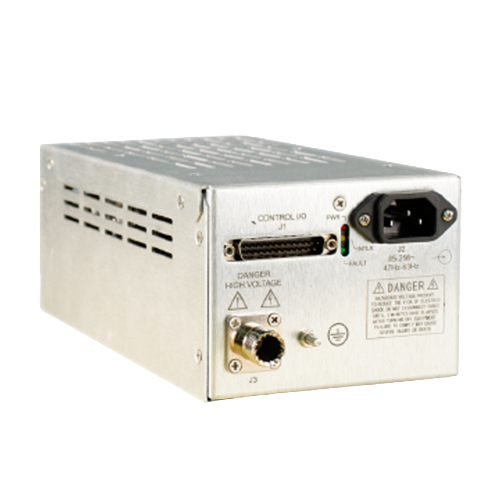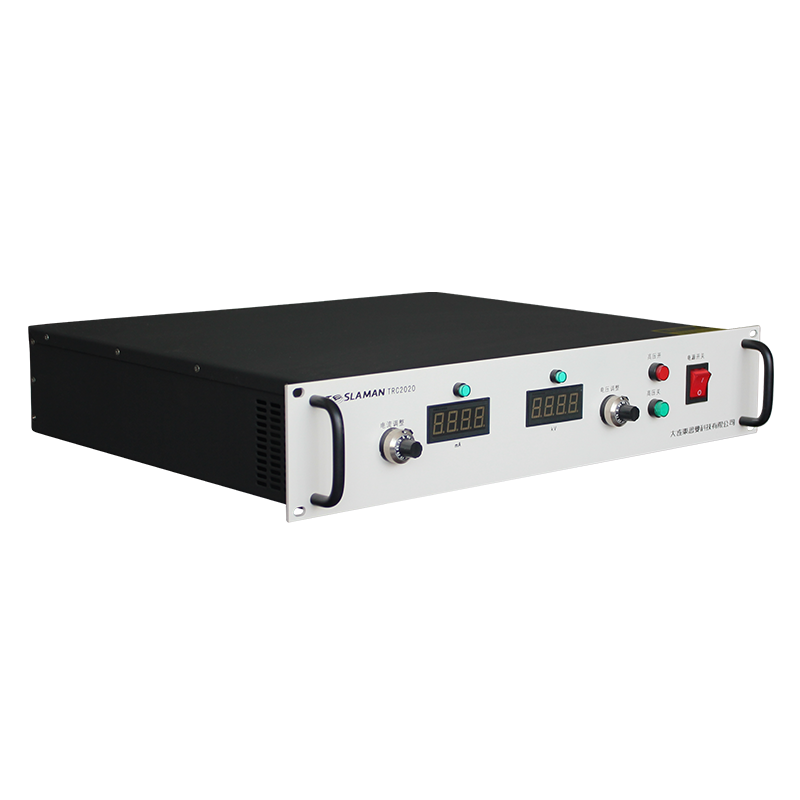Research on Electrical Reliability of 320kV High Voltage Power Supply
1. Reliability Challenges in High-Voltage Operation
320kV high-voltage power supplies are critical in nuclear physics research, UHV testing, and industrial electroplating. Their electrical reliability must address three core issues:
1. Field Distortion and Partial Discharge: Edge field strength can reach 4-6 times the average value. Under 320kV operation, a 0.5mm air gap triggers partial discharge (PD), accelerating insulation carbonization to 0.5mm³/h.
2. Thermal Stress Accumulation: Power devices experience temperature rises exceeding 100°C, with IGBT junction fluctuations causing CTE mismatch. Tests show solder joint fatigue life drops to 30k cycles.
3. EMC Degradation: High-frequency switching noise (>100MHz) couples to control circuits via parasitic capacitance, inducing reference voltage offsets of ±0.15%.
2. Insulation System and Structural Optimization
1. Composite Dielectric Materials:
Alumina-PTFE gradient materials via plasma spraying enhance breakdown strength to 45kV/mm, a 50% improvement over epoxy.
C5F10O/N2 gas mixtures (1:4 ratio) at 0.6MPa withstand 320kV with 1% GWP of SF6.
2. 3D Field Homogenization:
Coaxial-spiral electrodes with grading rings improve field uniformity (η) from 0.62 to 0.94, raising PD inception voltage to 280kV.
3. Thermal Management and Fault Suppression
1. Multi-Stage Cooling:
Microchannel cold plates with PCM limit IGBT junction temperatures to 85°C, reducing thermal resistance to 0.03°C/W.
Thermo-electric control algorithms restrict voltage drift to <±0.05%.
2. Redundant Topology:
Modular multilevel converters (MMC) achieve N+1 redundancy, extending MTBF to 100k hours.
4. Intelligent Monitoring and Predictive Maintenance
1. Multi-Sensor Networks:
HFCT and UV imaging detect PD at 0.5pC sensitivity with ±1cm定位精度.
Fiber Bragg grating arrays monitor insulation温差, triggering alerts at 3℃.
2. Digital Twin-Driven Evaluation:
LSTM-based models predict remaining寿命 with <5% error.
Virtual platforms simulate extreme loads (e.g., 150% overload), identifying 89% failure modes.
5. Industry Applications and Validation
1. UHVDC Transmission: Optimized 320kV systems achieve <0.001 failures/khour and 98.5% efficiency under IEC 62199.
2. Scientific Facilities: Adaptive voltage balancing in particle accelerators ensures 99.99% beam stability with ±0.01% energy fluctuation.




















